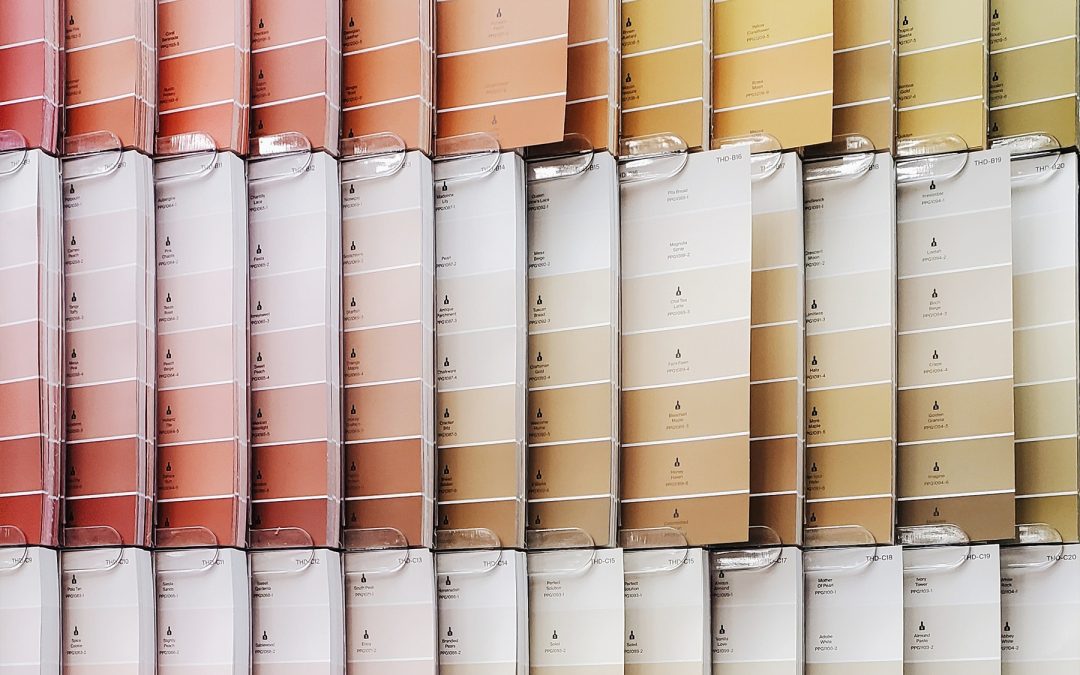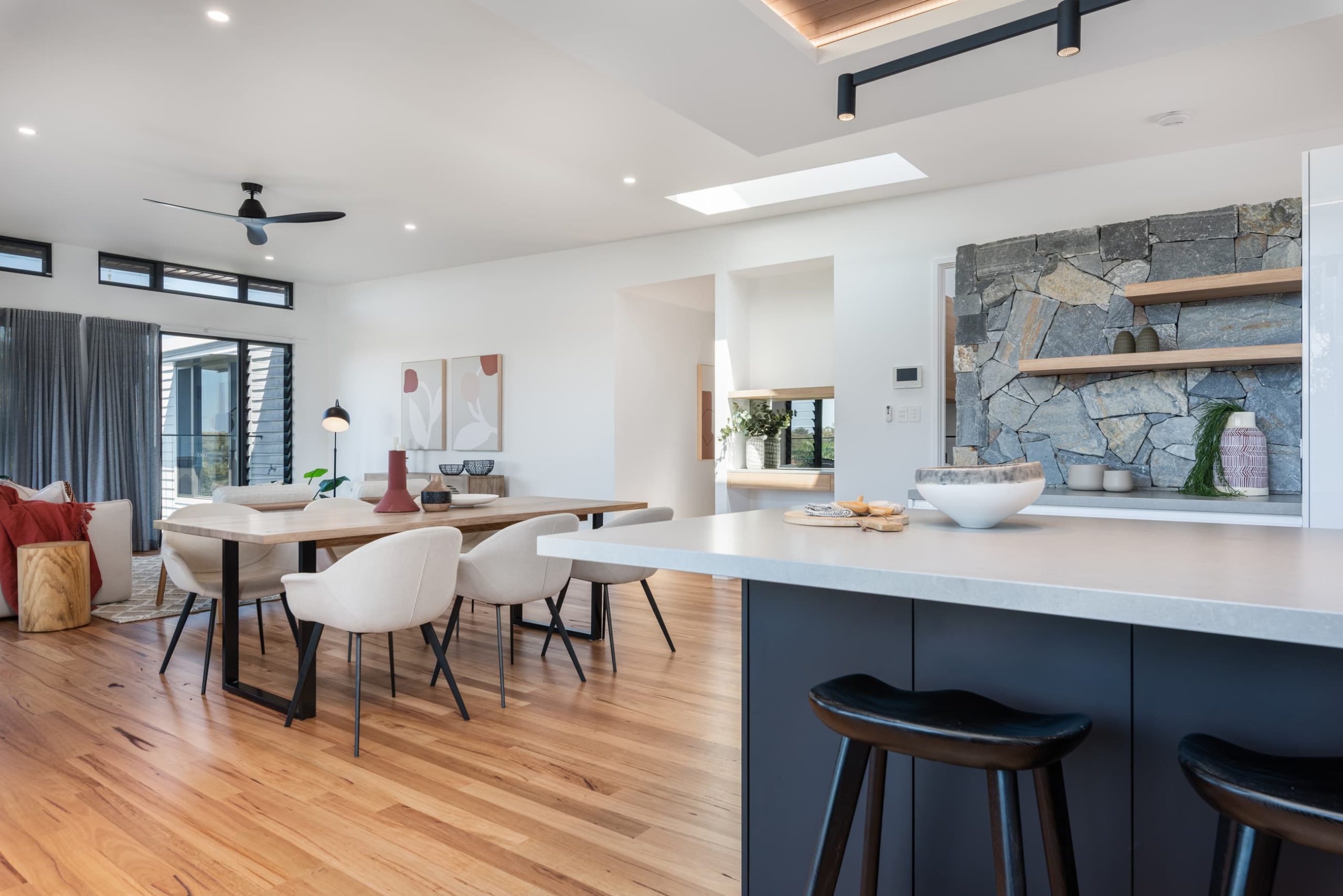There has been a great deal of research done on the psychology of colour and how colours can affect our moods and behaviours. Murphy Homes appreciates how a little colour psychology can help enormously when building a home and creating the perfect space for you and your family.
One of the largest distinctions between colours is whether they belong in the warm, cool or neutral spectrum.
Today we will explore the WARM COLOURS (REDS, BROWNS, ORANGES, YELLOWS)
Warm colours are generally inviting, reminding us of the physical warmth of a fire or the sun, and can create a feeling of security and comfort.
Warmer shades are also said to stimulate the body, encouraging activity, increasing appetite, and enhancing passion. A popular example of how colour can increase appetite is seen when many food and coffee outlets are decorated in reds, yellows, oranges and browns.
Passion is reflected in reds and pinks e.g. red roses on Valentines Day with the red heart being a symbol of love.
There can also be a downside to some warm colours. Some colours evoke strong reactions and can even increase aggression. Harsh yellows and some bright reds may have this effect on some people. Be careful when decorating bedrooms in harsh colours as this can influence the peaceful mood required in a sleeping environment.
Choosing the right shade is paramount to the mood you are trying to create, and all primary colours can be softened or made darker by adding the correct amount of tint to the original colour. A colour that may be harsh to start with can finish up being warm and soft, simply by adding another colour.
Below is a good example of giving a bedroom warmth by choosing the right colour feature wall in warm terracotta, balanced by soft beige walls, warm grey bedding and timber floor.

Warm colours are a popular choice for our clients looking to evoke an earthy tone in their home.

